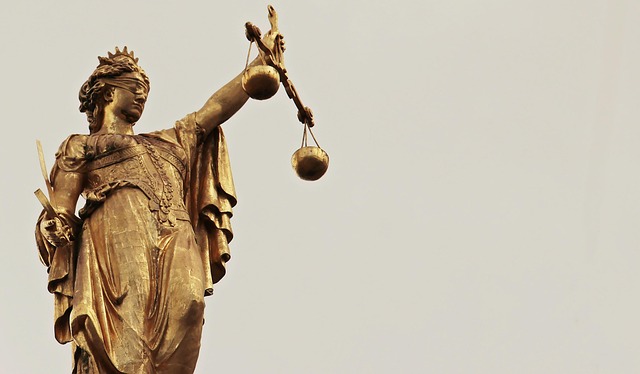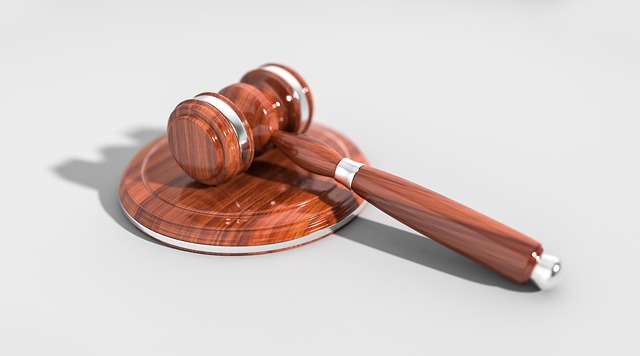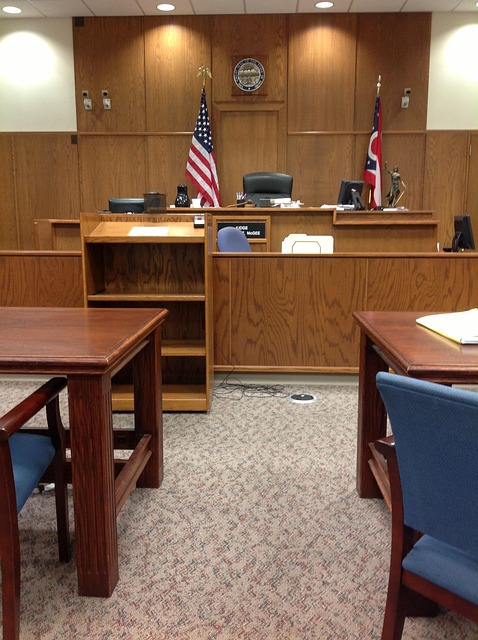After a personal injury incident, documenting the scene through clear photos is vital for building a strong case and securing compensation. These images capture visible damages and potential hidden injuries, providing an invaluable visual record. Proper documentation, including medical records, is crucial for wrongful death claims, insurance settlements, and navigating complex personal injury law. Comprehensive records aid in insurance and legal proceedings, supporting claims with concrete evidence and ensuring fair compensation.
After an injury, documenting the scene, recording your injuries, and preserving medical records are crucial steps in gathering essential personal injury evidence. This comprehensive guide outlines what photos you should always take to strengthen your claim. From capturing the initial damage to securing long-term documentation, these images can be invaluable in proving your physical injuries and facilitating a successful personal injury case.
- Documenting the Scene: Capturing Initial Evidence
- Recording Your Injuries: Proving Physical Damage
- Preserving Medical Records: Long-Term Documentation for Claims
Documenting the Scene: Capturing Initial Evidence

After any personal injury incident, documenting the scene is crucial for building a solid case and ensuring adequate compensation. Taking photos serves as initial evidence that can capture the extent of damage, both visible and potential hidden injuries. These images provide a visual record of the circumstances leading to the harm, which is invaluable for insurance claims or legal proceedings against negligent parties.
Focus on capturing clear shots of the accident site, including any visible wounds, physical disarray, or objects involved in the incident. If possible, take photos from multiple angles to offer a comprehensive view. Additionally, document any immediate responses from bystanders or emergency services, as these interactions can shed light on liability and breach of fiduciary duty. A personal injury attorney will appreciate such detailed evidence when constructing your case.
Recording Your Injuries: Proving Physical Damage
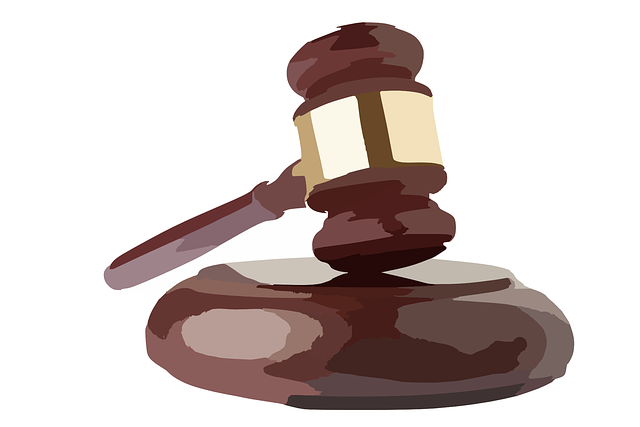
After any personal injury incident, it’s crucial to document your injuries properly. This serves as vital evidence in potential wrongful death claims or insurance settlements, especially in cases like truck accident injuries or car accident injuries. Taking clear and concise photos of your physical damage can significantly enhance your case when working with a car accident attorney.
Capture images from various angles, focusing on the injured areas. Close-ups can highlight specific wounds, cuts, bruises, or other marks. Additionally, broader shots that show the extent of the injury in relation to your body are beneficial. In cases of truck accident injuries, for instance, these photos might illustrate how a particular impact site aligns with the vehicle’s damage. This visual evidence not only supports your claim but also helps a car accident attorney navigate the complexities of personal injury law, ensuring you receive fair compensation.
Preserving Medical Records: Long-Term Documentation for Claims
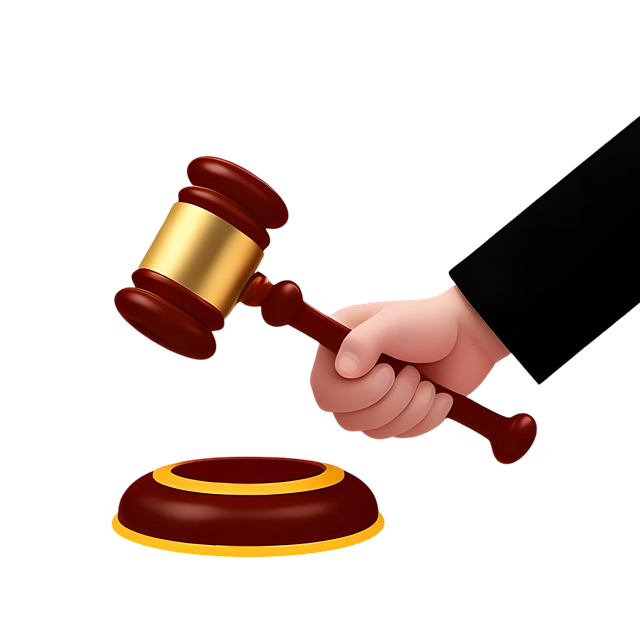
After an injury, it’s crucial to preserve all relevant medical records as they serve as vital personal injury evidence for any insurance claims or legal proceedings. These documents provide a detailed history of the incident and can significantly impact the outcome of compensation disputes. From initial diagnosis reports to ongoing treatment plans, each record contributes to building a comprehensive case.
For instance, in cases like nursing home neglect, where the well-being of residents is compromised, thorough documentation can be instrumental. Similarly, when dealing with insurance disputes or employment contracts, having a complete medical record ensures your claims are supported by concrete evidence. This long-term documentation not only facilitates faster claim processing but also helps establish the severity and impact of the injury over time.
When dealing with a personal injury, capturing comprehensive photos is crucial for documenting your experience. By taking pictures of the accident scene, recording visible injuries, and preserving medical records, you create invaluable personal injury evidence that can significantly aid in your claim. These visual documents not only help prove physical damage but also serve as a testament to your journey towards recovery, ensuring your rights are protected.

